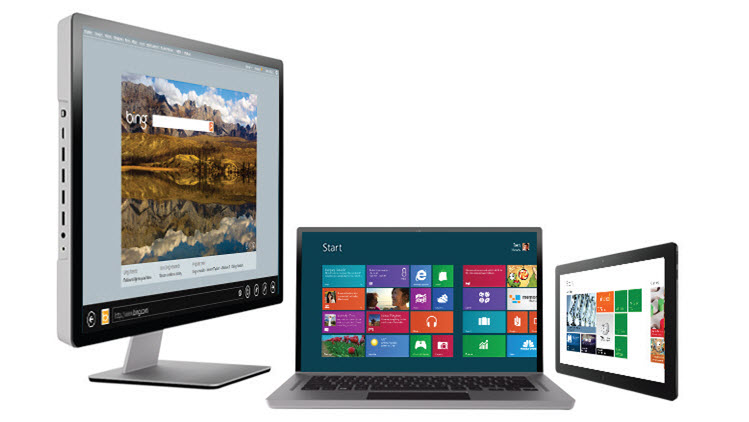
Mass migrations in the enterprise are almost always a tricky endeavour. Whether it's new hardware or software, or both, and whether it will affect just a small number of workers or thousands, there are plenty of things that can go wrong.
Delays in any migration project can cost time and money, so it's understandable that most businesses will want to avoid them.
No more Windows XP
With Microsoft ending support for Windows XP on April 8 2014, migration to a new operating system should be sitting at the top of the agenda for most IT departments. XP is now 12 years old and Microsoft has released three further operating systems since then, Vista, 7 and, most recently, 8. But XP's ease of use means many businesses are still running it. Running an out of date operating system can leave a business open to cyber attacks as Microsoft will no longer be releasing patches for any security flaws that are discovered.
Many businesses have been putting off upgrading away from Windows XP because of its impressive performance and the lukewarm reaction to Vista, its successor. But that is no longer a realistic option, so businesses should now be looking at migrating to Windows 7 or 8.
The biggest issue is with application compatibility; it is vital to know which applications a business is running will work on the new system, which will not and which will require a little tweak to continue using.
Traffic lights
Solutions from the likes of Quest Software, acquired by Dell in 2012 for $2.36 billion, can present application compatibility in a traffic light system: green for good, amber or orange for when modifications are needed and red to denote when an application is not compatible. Knowing this information in advance can make the migration process much smoother and ensure that workers are up and running again as soon as possible.
It is also good advice stagger to rollout. That way parts of the business can continue to operate while others are being migrated and it means if there is a problem it can be rectified before it affects too many people. The last thing a business wants is all its workers sitting around with nothing to do while IT battles an unexpected problem.
Are you a pro? Subscribe to our newsletter
Sign up to the TechRadar Pro newsletter to get all the top news, opinion, features and guidance your business needs to succeed!
A mass migration is also a great time to reassess software licences. Migration software can reveal how much an application is being used and by how many people; if an application is not being used very much or by much fewer people than the licence stipulates, a company can save money be renegotiating or cancelling.
The final piece of the jigsaw is around training. Before the migration is completed it is vital to educate the users about how the new system works and what benefits it will bring. Companies such as Dell can provide experts that will walk workers through new hardware and software, so they are ready to get cracking as soon as the system is up and running.
The advice above does not just cover operating systems; the same applies if it's a SharePoint migration, or an Exchange migration or if new hardware like PCs, laptops or smartphones are being rolled out.
The key is planning. Having a thorough plan before the actual migration beings is a must: what is being moved? Which applications, accounts, settings and so on are being moved? It is dangerous to underestimate the impact a big migration project will have on the business but a robust and practical plan will help the project go smoothly.
The TechRadar hive mind. The Megazord. The Voltron. When our powers combine, we become 'TECHRADAR STAFF'. You'll usually see this author name when the entire team has collaborated on a project or an article, whether that's a run-down ranking of our favorite Marvel films, or a round-up of all the coolest things we've collectively seen at annual tech shows like CES and MWC. We are one.